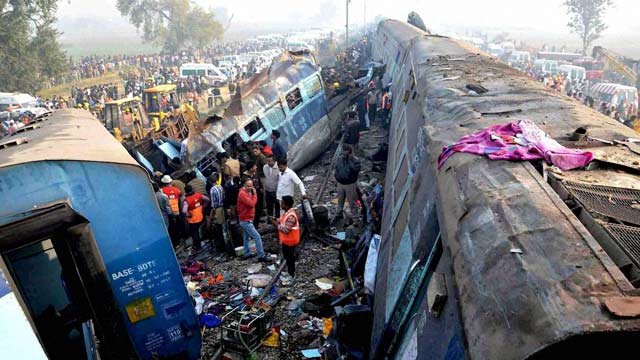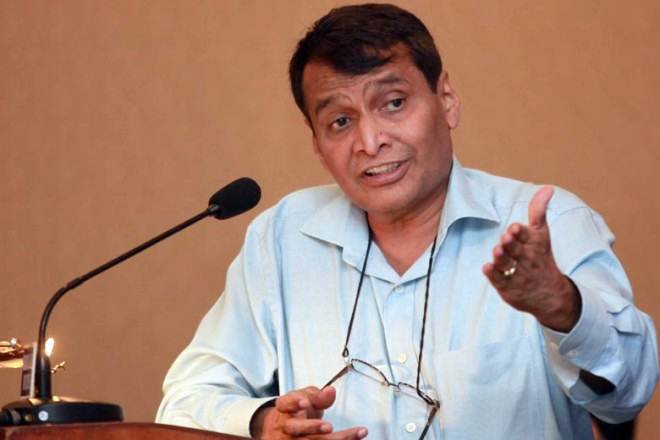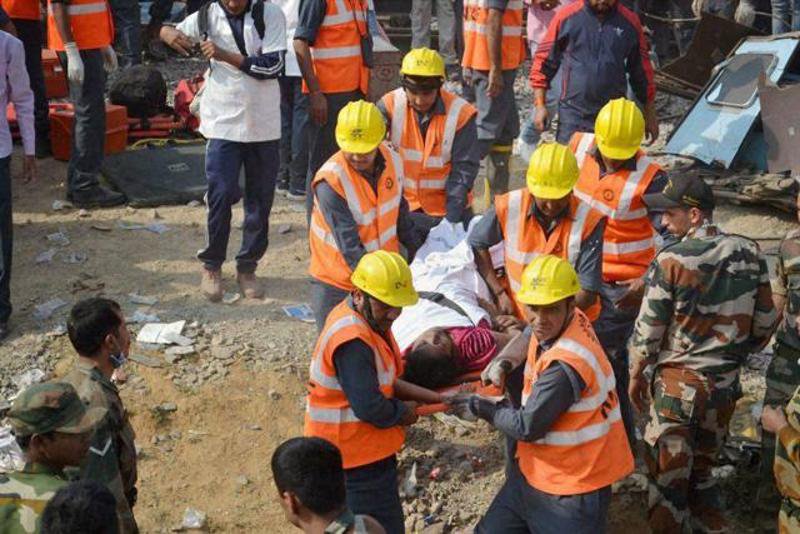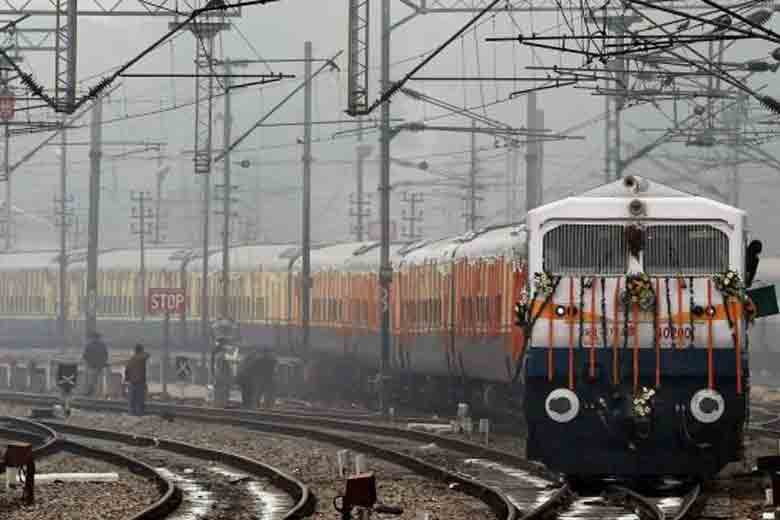As the 19321 Indore-Rajendranagar-Patna Express crossed the Pukhraya station at 3:03 am on Saturday night and was cruising at 110kmph, Janak Sharma, the driver of the train observed that the overhead wires above were shaking. He braked hard to find 14 rail cars had derailed and at last count, over 140 have been reported dead and many injured.
It was ironical that the incident occurred when one of India’s biggest railways-related events ‘Rail Vikas Shivir,’ a camp involving all its railway employees, was on to discuss the future of Indian Railways. The three-day event was an initiative of the Prime Minister and the Ministry of Railways and it was to conclude on Sunday. The derailment and deaths cast a shadow on all the ideas that were discussed.

So what led to the accident that dragged 14 rail cars off the track? What actually happened and who’s to be blamed? Preliminary reports by railway officials and deputy minister of railways Manoj Sinha say there was a probable rail fracture due to which the speeding train jumped the tracks.
However, another theory that is gaining credence, and one that officials say is up for investigation, is that the rail cars were at fault. Passengers on the ill-fated train said the wheels had jammed earlier during the journey, resulting in the train experiencing jerks and had been halted. The train supervisor had informed the driver and the guard. Things were fixed and the train moved on. It is possible that as the train was gliding at 110 kmph, one of the wheels jammed again leading to the fatal crash. The train’s log book will be key during the investigation.
In this case, the speeding locomotive did not derail, only the rail cars did. This means something went wrong midway. But the exact reason, we won’t probably know anytime soon.
Railway Minister Suresh Prabhu on Monday told Parliament that in addition to the Commissioner of Rail Safety, there will be an independent parallel inquiry exploring all possible angles, and would include forensic tests. He also said the plan to modernise and upgrade rail cars manufactured by Coach Factories will be speeded up. Whether this means the rail cars were at fault for the accident is anybody’s guess.

The Commissioner of Railway Safety (Eastern Circle), that technically falls within the Ministry of Aviation to maintain its independence from the railways so that he can give an unbiased report, has begun his inquiry. The Commissioner holds inquiries into accidents to ascertain the causes and fix responsibility, but his reports are recommendations and not necessarily binding.
The recommendations as its own manual says are “inspectorial, investigatory & advisory nature.” The investigation reports are handed over to the Railways, who then debate about it. Sadly, the last Commissioner of Safety Accident Report that is out in public domain is for the year 2011-2012. And going by its pace, the report of this accident too will be out somewhere in 2020 when the din about it over and perspectives have changed.
Given how Indian Railways functions, and if the rail fracture theory is accepted, it is the civil engineering department that will get the blame for the accident. If it’s due to the wheels jamming up, the mechanical department will have to take the blame. It’s a tough contest, and whoever can garner support and prove their stand will win.

But this is exactly the problem. A train has derailed and over a hundred people have died, so someone will have to take the blame. Instead this is the way in which Indian Railways works and much energy is wasted in these small and unnecessary ego-pampering battles.
Whatever the result of this blame game, it remains a fact that the Indian Railways needs upgradation. The Kanpur section where the accident occurred is extensively used and there is heavy wear and tear, of rail tracks and rail cars. What is required urgently is addition of capacity, which means a wider and stronger network to decongest such sections.
The rail cars that are manufactured by Indian Railways presently need to be upgraded. The minister had promised to upgrade all rail cars to the Linke Hofmann Busch (LHB) design, the German template adopted by Indian Railways for Rajdhani and Shatabdi trains. It has better suspension and more safety features than the conventional rail cars. But the Railway Board held up the proposal saying that the new technology rail cars cannot meet the scale required for Indian Railways.

Also there needs to be investment to get hi-tech equipment to test rails, improve signalling and rail cars and strengthening bridges. But just a day before the accident Rajen Gohain, deputy rail minister with independent charge told the Parliament that of the Rs 1,19, 183 crore required for its safety fund, Rs 1,11,683 crores was still awaited from Ministry of Finance.
Indian Railways doesn’t just need to come up with ideas, but also execute the safety recommendations as one family. It is time for all its units – the various engineering entities, bureaucratic and political — to come together and move ahead. If it works as one family, nothing can stop the Indian Railway Express.
Rajendra B Aklekar is a former journalist and author of a book on Indian Railways titled ‘Halt Station India’

















